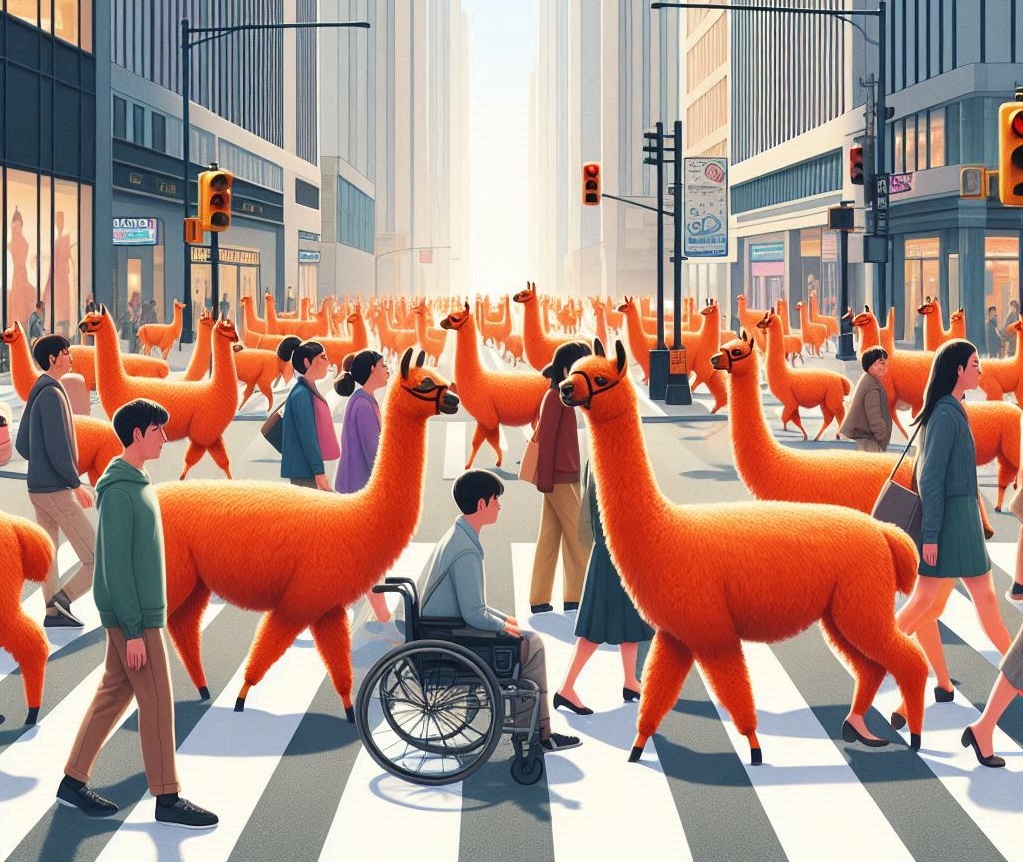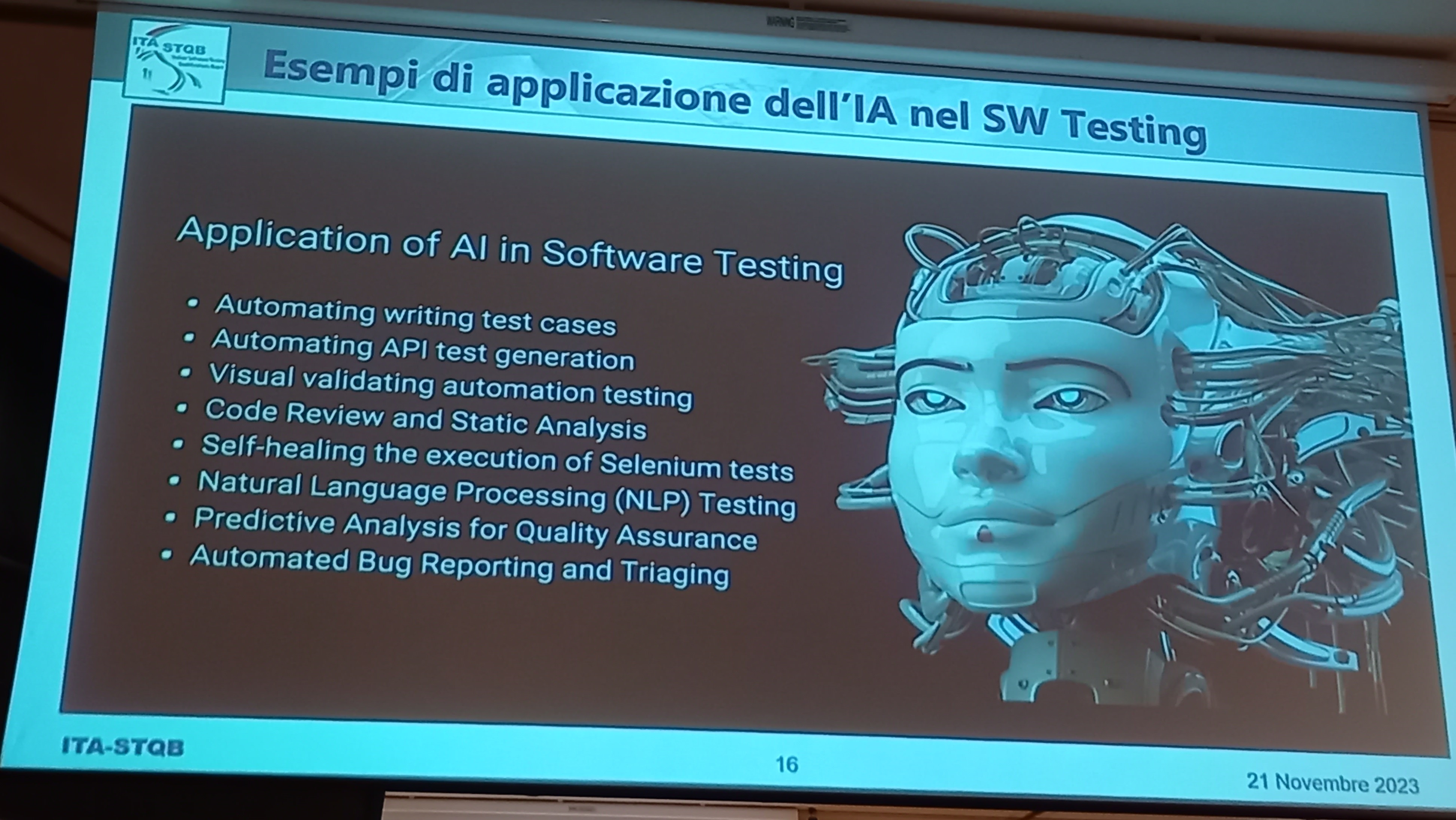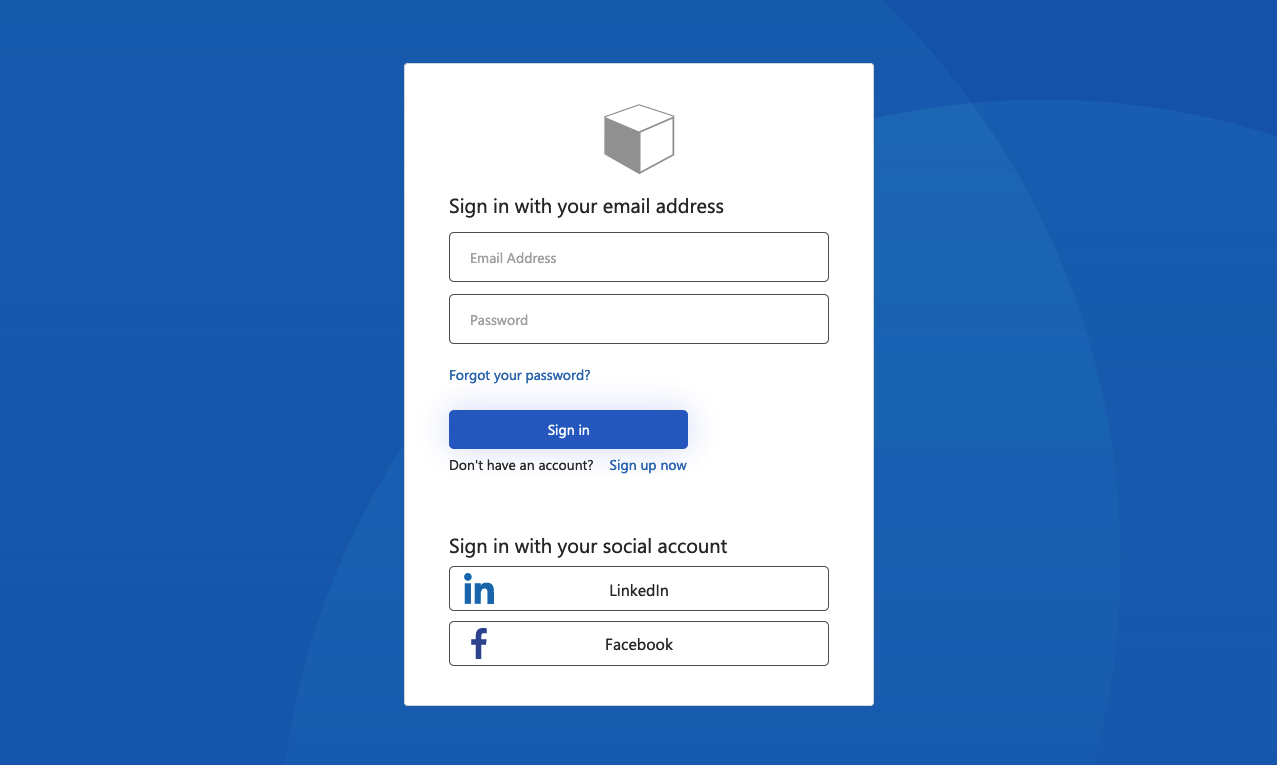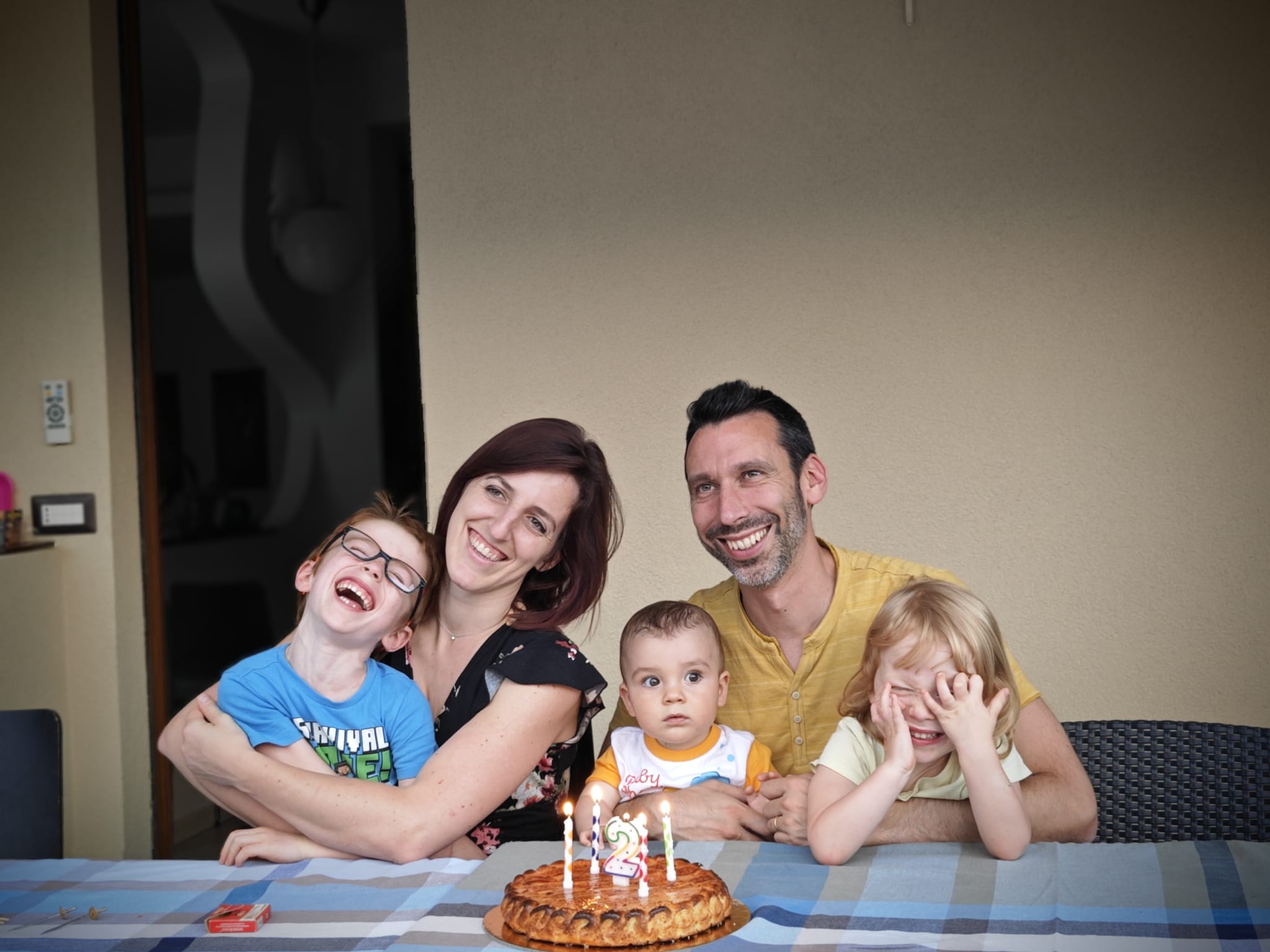Codemotion 2022: Metaverse - Challenges and How to Solve Them
-
Amit Rana
- 18 Nov, 2022
- 02 Mins read
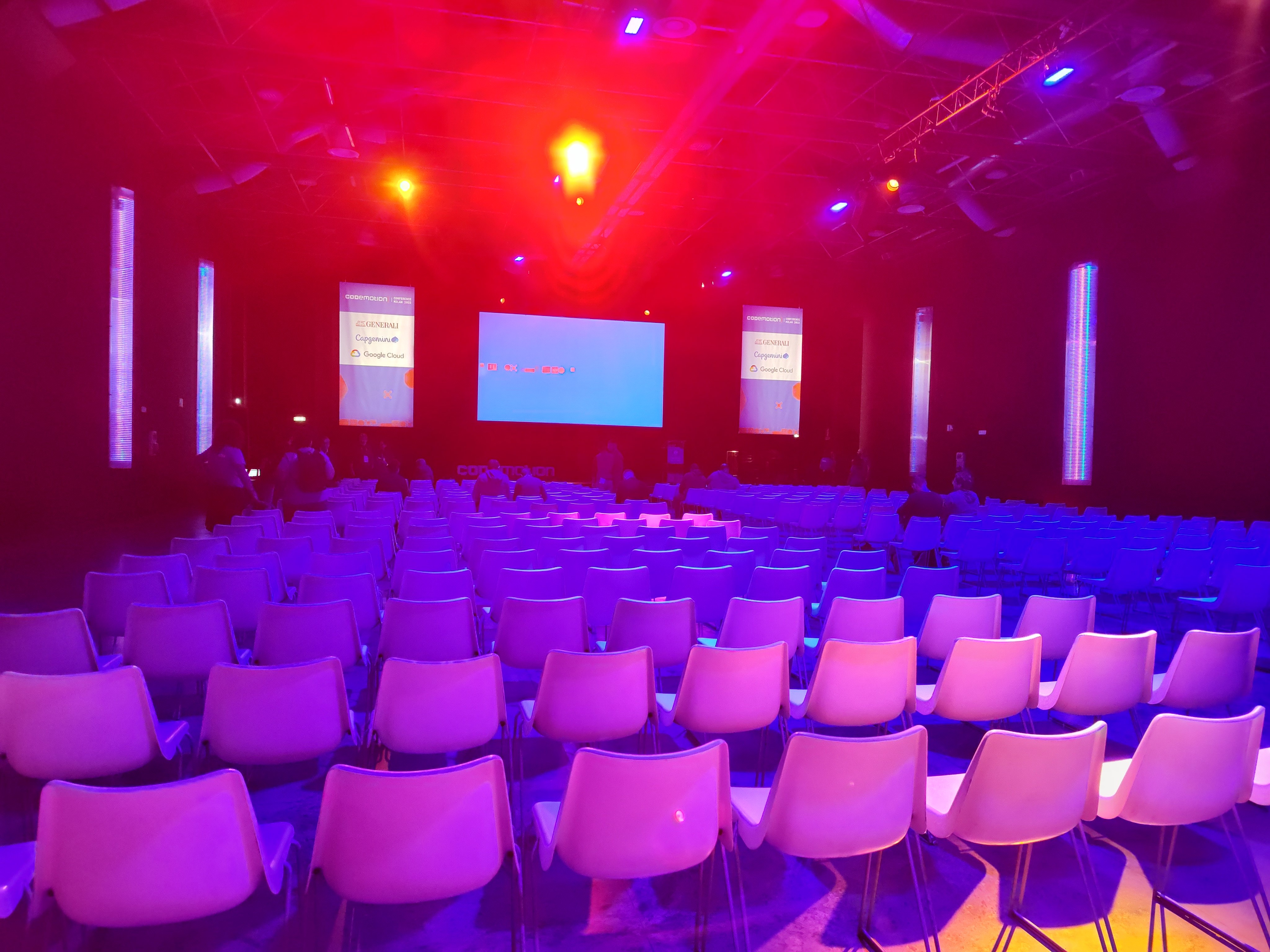

After a long time, I attended in-person conference at Codemotion2022 in Milan.
One of the many exciting talks there was on the topic of "Metaverse" organised by Accenture Metaverse Continuum Group.
(link to this and all others talks at bottom)
Most of us have heard of the word "Metaverse" a lot but are not updated on what is actually happening in this field (if anything new at all).
Like one of the speakers said, we have come a long way from seeing toy robots in theme parks to playing Nintendo video games to seeing movies like Matrix, ReadyPlayerOne to more recent video games played wearing headsets like Oculus.
Many children now play Metaverse games where they are building/managing thier own bakery shops/restaurants/cities/planets etc. Example: Roblux (with millions of users).
Teenagers have different interests in Metaverse and apart from playing, they also want their avatar to look nice in different outfits (even spending real money to buy virtual ones). Example: Fortnight.
A pilot project was done by Accenture for H&M company to design clothes in Metaverse without the designers or models having met in real life. And, only when a selected item in Metaverse was bought by someone, was the actual piece manufactured, that too from recycled products.
But in general, Metaverse real-life applications, acceptability (and graphics) have not been up to par.
The core problems being:
- Hardware - Instead of replacing/buying completely new things, the existing hardware should be used as much as possible. This will reduce cost and also allow more users to accept the technology.
- Network - Being in real time, Metaverse needs high speed bandwidth without any lag.
- Computing power - Most companies are trying cloud solutions for gaming and networking.
- Platform - Every company has its own platform giving rise to multiple non-compatible Metaverses, so they need to solve the interoperability problem.
- Protocol - A standard needs to be defined. Metaverse Standards Forum is currently working in this direction.
- User - A user may have multiple avatars, so track a user is a big problem (possibile solutions incude gifting NFT during payment by user which can then be tracked like browser cookies)
- Payments - Blockchain payments need to be managed well.
Now from a designer's viewpoint, the 2 main important aspects are:
- Immersion
Experience of user depends on the platform (or system) being used. Different senses are used to provide stimulus. This user experience can be for:
- Augmented Reality - user interacts with virtual objects superimposed on real world (Pokemon Go).
- Mixed Reality - this is bi-directional where even the virtual world objects can interact with real world objects (virtual fox jumps from table to sofa knowing that there is a gap between them)
- Virtual Reality - user is completely immersed in virtual world For these experiences, multiple companies have released headsets like Meta (which can produce colors/details in virtual space or have face/eye tracking to show different expressions etc.)
- Presence
User needs to interact with environment based on various degrees of freedom and the information provided by the designer. The more emotional involvement by the user, the more successful is the Metaverse.
Hope in the near future, apart from games, more practical applications of Metaverse also emerge.
The Codemotion2022 was an amazing event. I learned a lot of new things and met some amazing people.
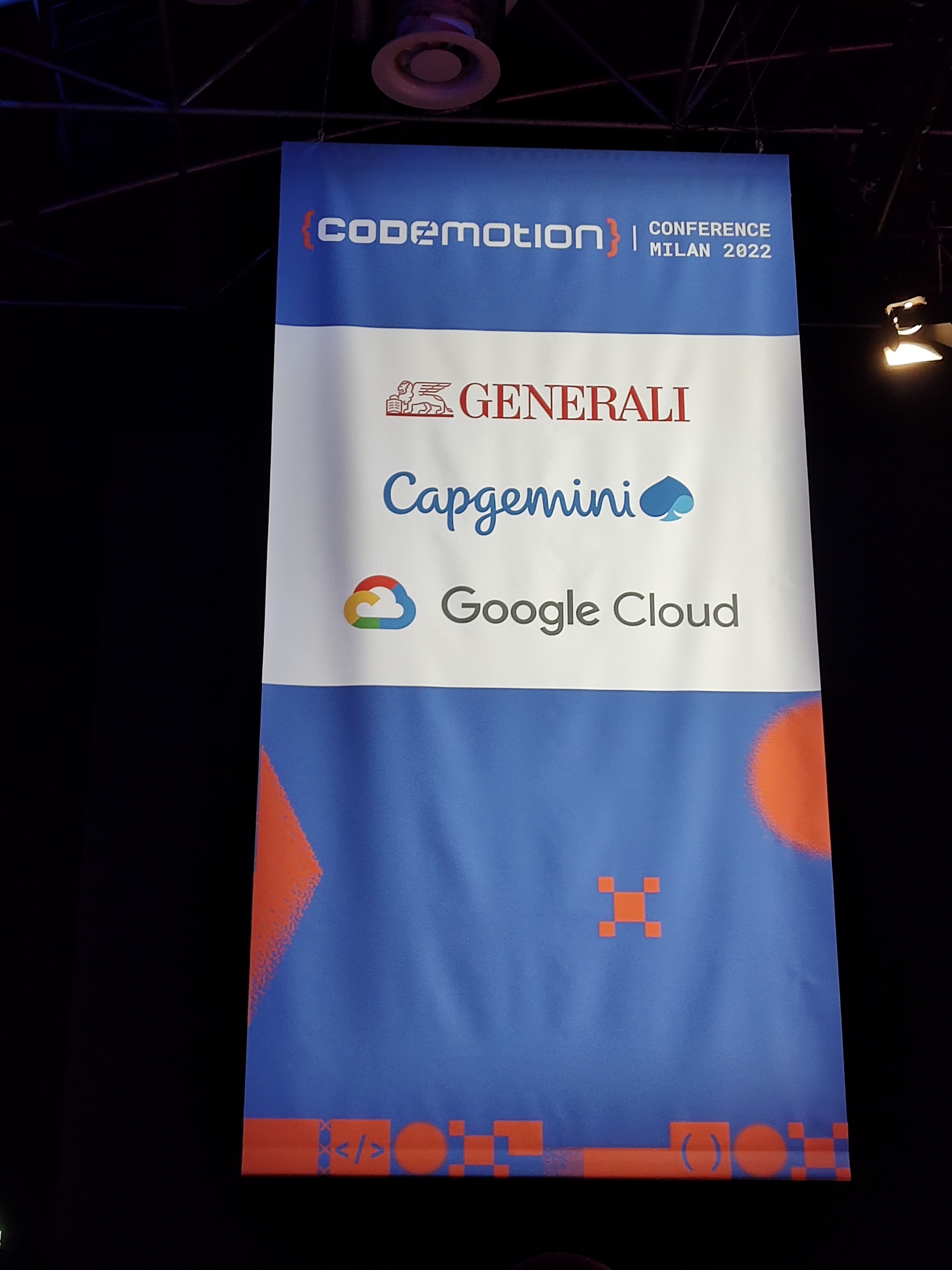

All the talks and presentations are available at: https://extra.codemotion.com/conference-milan-2022-videos/


